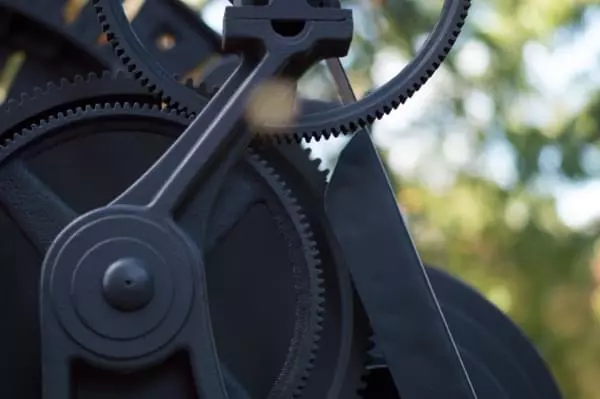

This article explores how Gulp.js streamlines repetitive CSS development tasks, boosting your workflow efficiency. While a text editor suffices for web development, repetitive tasks crucial for modern websites and optimal performance often prove frustrating. These include: transpiling, file concatenation, production code minification, and deployment across various servers. These tasks, repeated with every change, can become increasingly burdensome.
Fortunately, Gulp.js automates these processes. This article demonstrates its application in automating various CSS tasks: image optimization, Sass compilation, asset handling and inlining, automatic vendor prefixing, removal of unused CSS selectors, CSS minification, file size reporting, source map generation for browser devtools, and live browser reloading upon source file changes.
Key Advantages of Using Gulp.js:
gulp-imagemin, gulp-sass) for enhanced functionality.Why Choose Gulp?
Many task runners exist (Grunt, Webpack, Parcel, npm scripts), but Gulp stands out due to its stability, speed, extensive plugin support, and JavaScript-based configuration. This code-based approach offers advantages, enabling conditional output modification—for example, removing sourcemaps during final deployment.
Getting Started:
This tutorial uses Gulp 4. Ensure you have Git and Node.js installed. Clone the example project from GitHub:
git clone https://github.com/craigbuckler/gulp4-css cd gulp4-css npm i gulp-cli -g npm i gulp
Navigate to http://localhost:8000/ (or the displayed external URL) in your browser.
Alternatively, create a new project:
npm i gulp-cli -gmy-gulp-project).npm initsrc subfolders for source files (images, scss).build folder for compiled files.index.html file for testing.Module Installation:
Install necessary modules:
git clone https://github.com/craigbuckler/gulp4-css cd gulp4-css npm i gulp-cli -g npm i gulp
Gulpfile.js Configuration (Example):
The gulpfile.js file defines tasks. A simplified example focuses on image optimization and CSS processing:
npm i gulp gulp-imagemin gulp-newer gulp-noop gulp-postcss gulp-sass gulp-size gulp-sourcemaps postcss-assets autoprefixer cssnano usedcss browser-sync --save-dev
This example demonstrates basic image optimization and Sass compilation with minification and autoprefixing. A more comprehensive gulpfile.js would include features like sourcemaps, browsersync, and more sophisticated PostCSS plugins. Refer to the original text for a complete example.
Remember to adapt file paths to match your project structure. Run gulp in your terminal to execute the tasks. The complete, detailed gulpfile.js and further explanations are available in the original article.
The above is the detailed content of How to Use Gulp.js to Automate Your CSS Tasks. For more information, please follow other related articles on the PHP Chinese website!
 mysql default transaction isolation level
mysql default transaction isolation level
 What is digital currency
What is digital currency
 The difference between arrow functions and ordinary functions
The difference between arrow functions and ordinary functions
 Clean up junk in win10
Clean up junk in win10
 special symbol point
special symbol point
 What keys do arrows refer to in computers?
What keys do arrows refer to in computers?
 How to use the Print() function in Python
How to use the Print() function in Python
 There is an extra blank page in Word and I cannot delete it.
There is an extra blank page in Word and I cannot delete it.




